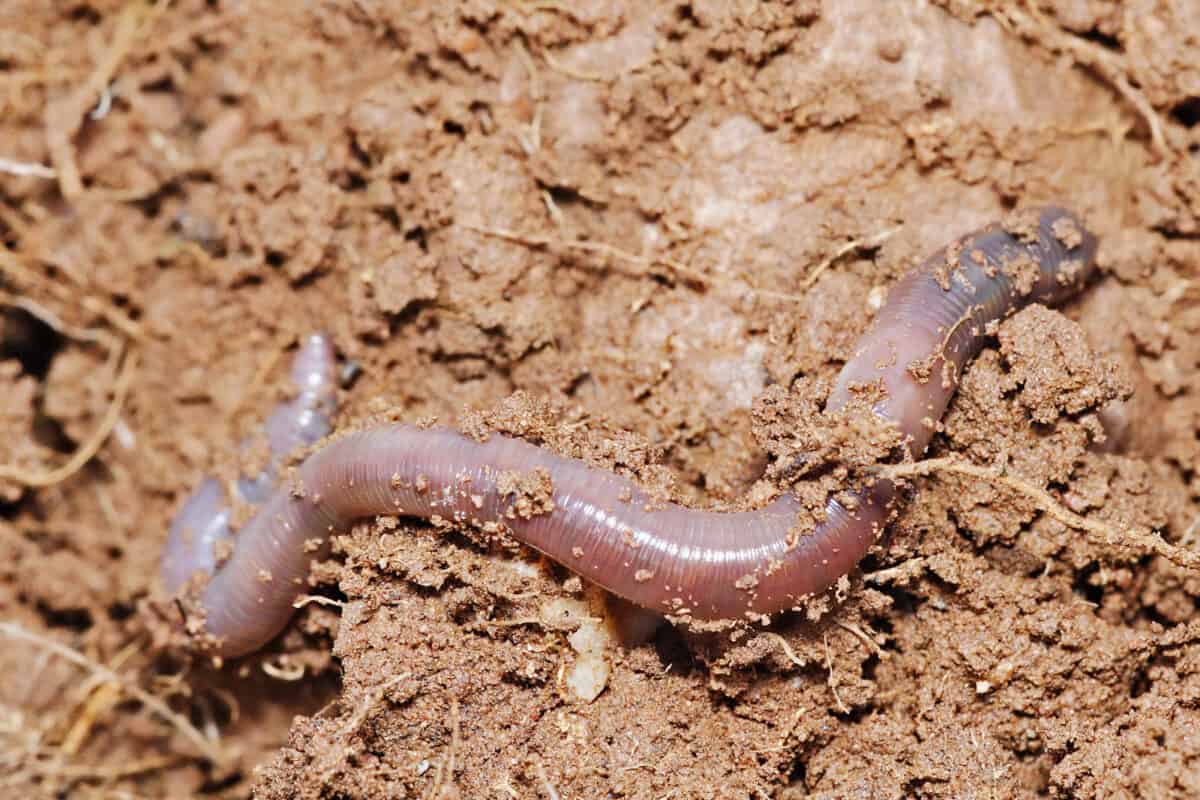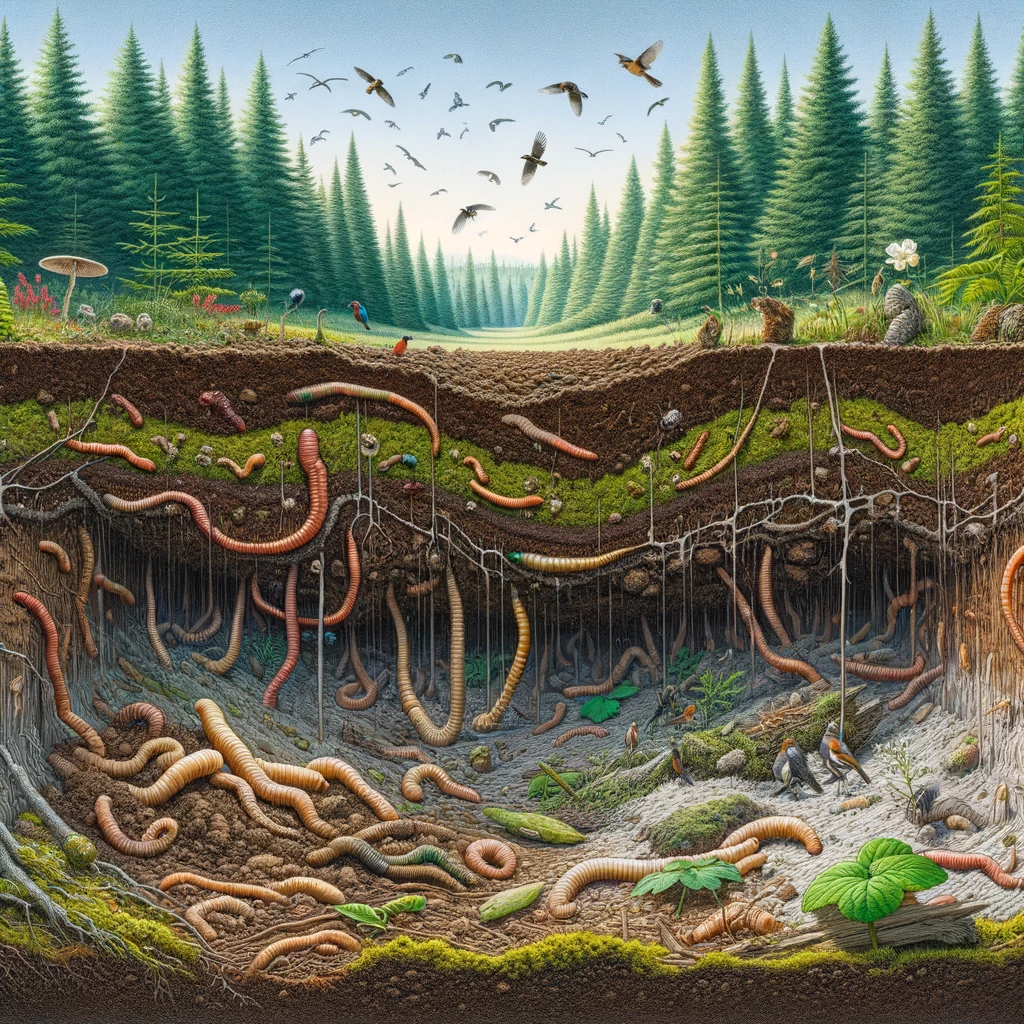Invasive earthworms are quietly reshaping the ecosystems of North America, posing significant challenges for ecologists and conservationists. Introduced through human activities, these non-native earthworms disrupt the natural ecological balance, leading to profound changes in soil composition, nutrient cycling, and biodiversity.
Impact on Northern Forest Ecosystems

The presence of invasive earthworms is most pronounced in the northern forests of the United States and Canada, regions that were historically devoid of earthworms due to glaciation. These forests are adapted to a thick layer of leaf litter and organic matter, which invasive earthworms rapidly consume. This loss of organic matter affects native plants, animals, and microorganisms that depend on this critical layer for survival, leading to a decrease in biodiversity and alteration of forest dynamics.
Alterations in Soil Structure and Nutrient Cycling

Invasive earthworms significantly change soil structure by mixing different layers, leading to homogenization. This disrupts the soil’s water retention capacity, increases erosion, and impacts plant root development. Additionally, the accelerated decomposition of organic matter by earthworms alters nutrient cycling, often resulting in nutrient leaching into waterways, which can have further negative impacts on aquatic ecosystems.
Challenges in Management and Conservation

Managing the spread of invasive earthworm populations presents a formidable challenge. Their widespread distribution and continued introduction make eradication efforts nearly impossible. Conservation efforts are currently focused on education to prevent further spread and on research to understand their impact and develop potential mitigation strategies.
Conclusion: The Need for Vigilant Stewardship
The invasion of North American ecosystems by non-native earthworms highlights the intricate connections within ecosystems and the unintended consequences of human activities. It serves as a reminder of the importance of vigilant environmental stewardship and the need for continued research and education to protect these vulnerable ecosystems from further harm.
Up next:
The Surprising Link Between Acorn Worms and Climate Stability
Parasite Worms Turn Snails Into Disco Zombies
China’s Genetically Modified Silkworms Spin Silk Stronger than Kevlar
Join our Forum for free today!

- The Kleptomaniac Cat That Rules Houston - July 20, 2024
- Elephant Makes a Lifelong Friend at Sanctuary in Tennessee - July 14, 2024
- Evidence For World’s Oldest Fossilized Forest Discovered in New York - July 11, 2024

